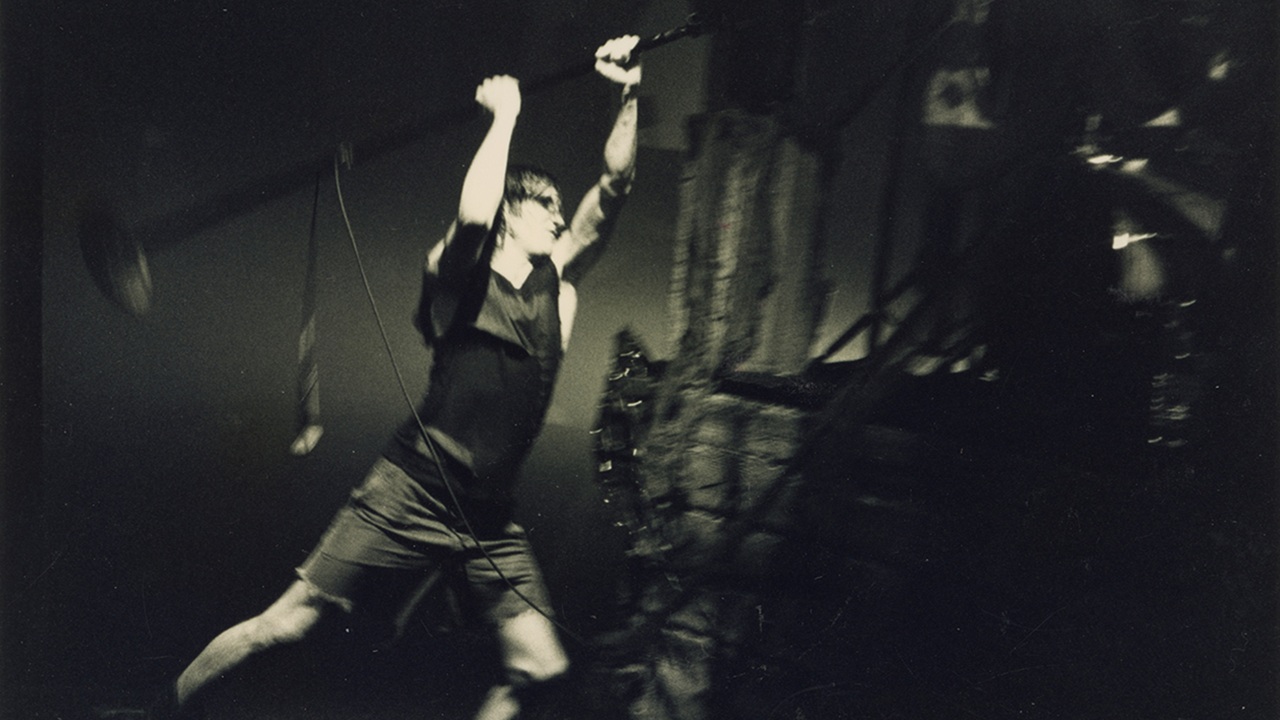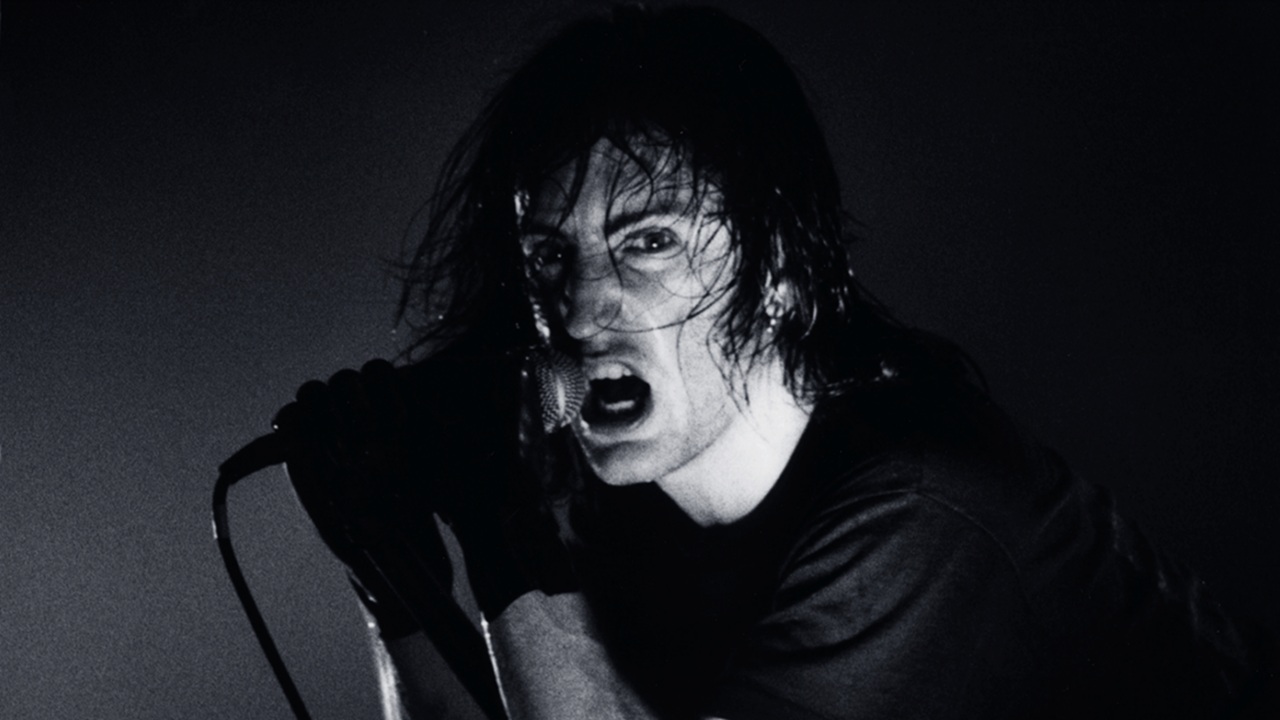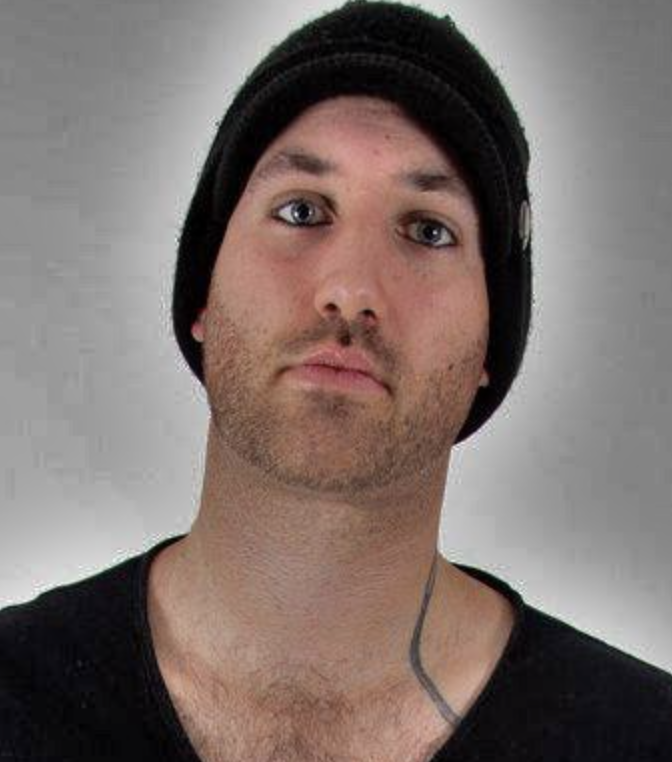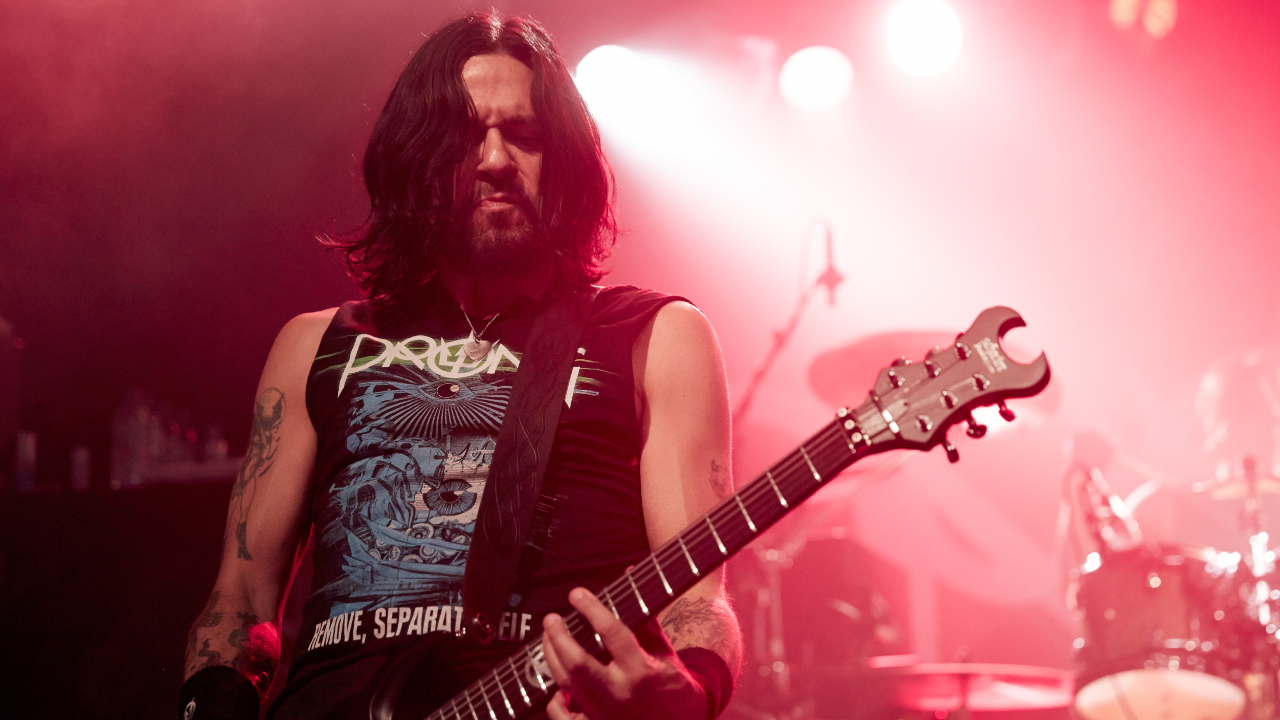"David Bowie saw something in Trent Reznor." What it was really like on Nine Inch Nails' infamous Self Destruct tour in the 90s
Panic attacks, substance abuse, wrecked hotel rooms and backstage visits by David Bowie and Lou Reed: photographer Jonathan Ranch had a front seat to it all when he followed NIN on tour

Crawling across the planet from March 9, 1994 to September 8, 1996, Nine Inch Nails’ Self Destruct touring cycle, in support of 1994’s The Downward Spiral, has passed into legend. Trent Reznor’s one-man studio project evolved into a full live band featuring his closest confidants: guitarist Robin Finck, bassist Danny Lohner, drummer Chris Vrenna, and keyboardists James Woolley (until December 11) and Charlie Clouser (all other shows).
Across 178 dates around the globe, Trent recreated the album themes of self-loathing, destruction and nihilism. It took a huge toll on the mental and physical well-being of those involved, with Trent spiralling into depression, panic attacks, violent outbursts onstage, and heavy drug use behind the scenes.
Instruments, hotel rooms and even personal relationships between touring members were destroyed, dismantled and abused. Images from their set at 1994’s Woodstock Festival, featuring the band covered in mud, would become iconic. As Nine Inch Nails became one of the most revered and talked-about bands of the alternative era, Trent was trying to cope with his rising fame. David Bowie even personally asked to join the tour – an offer that was too good for Trent to refuse, even though he was physically exhausted and mentally drained.
More than three decades on, the Self Destruct cycle is still seen as one of the most infamous and inspiring tours – and photographer Jonathan Rach was there to see it all. Invited by Trent to document the shows, he recently compiled a collection of his favourite shots for an exhibition in Australia, London and New York, giving fans a glimpse of the bedlam and beauty of two unforgettable years in the life of Nine Inch Nails. We asked him how it all went down.


How did you find yourself invited into the NIN camp?
“I was a fan of Nine Inch Nails. I originally designed Trent’s stage, that’s how I was introduced into the camp, but before that, having heard Pretty Hate Machine and Broken and all that, I was like, ‘Wow, this is really cool.’ I loved the punk element, but also the dance element. It just seemed so fresh and coming from somewhere so raw.
“Within a week of doing the stage design, Trent turned to me and said, ‘Hey, how would you like to come out and document the tour?’ I really did think it was going to be something amazing, and Trent said, ‘I think I’m going to do something that’s worthy of being documented.’
Sign up below to get the latest from Metal Hammer, plus exclusive special offers, direct to your inbox!
This was before the internet – a lot of stuff just didn’t get documented back in the day. It was for two and a half years. It was just the five guys in the band, myself, a tour manager and a bodyguard, and that’s it. We just lived and breathed for years together, and that’s pretty powerful for an outsider to be let in like that.”
What are your memories of the initial dates?
“We started out in the clubs and it was larger than life, even at that level. The crowds were frantic. I’d seen a lot of shows because I had worked in the concert industry, so I knew they were standing apart from the get-go. It was so heavy and intense, yet fragile and sombre. You really started to know that something was going on. All of a sudden we were in theatres, then we were in arenas, and then we were invited to Woodstock.”
Woodstock ’94 was something of a landmark NIN show, wasn’t it?
“Yeah, I remember riding with Trent just after he did Woodstock. We were riding to New York to do a show. He had everything that everybody had written about Woodstock in front of him. Just to sit next to him and see it when he was seeing it was incredible. He’s like, ‘I think something pretty big happened.’ “
His career after Woodstock skyrocketed from there, as far as being in the mainstream. You’d see Lou Reed coming into the dressing room wanting to meet Trent and kind of gushing over him, David Bowie reaching out and saying, ‘I want to tour with you guys.’ I could see all these musicians getting the highest level of accolades, which was pretty intense.”
The stories of debauchery from that tour have passed into legend at this point…
“They have. The tour bus would drive into the venue and there’d be people waiting for the band. I remember as a kid reading Hammer Of The Gods [by music journalist Stephen Davis], which described the Led Zeppelin days, and at one point I thought, ‘Man, this makes that look like a Disney script.’ It’s not cool on some level, to destroy a dressing room, but naturally, dressing rooms started getting destroyed.
I hate to speak too much of all that sensationalism stuff, which is not much to do with the musicianship, the songs and the poetry of it all. But as a crew travelling, yeah, the dressing rooms started to get torn apart and just, delirious stuff. You have to understand, you can only do this in your 20s. I used to think to myself, ‘This is only in your 20s. If you’re doing this in your 40s or even your 30s, there’s something wrong with you.’”
Trent famously started to lose his grip with addiction and his mental health around that time, didn’t he?
“Everyone did. I remember one show, Robin Finck was playing guitar, and a bodyguard was in front of him trying to keep kids off the stage. Robin tackled the bodyguard and sent him into the crowd, and they ruined every guitar onstage. The guitar techs were like, ‘I got no more guitars to hand you guys.’ Like, where else could you behave like that? It was insane.”
Touring with Bowie must have been surreal as well.
“Being in his world was surreal, that’s exactly the word. We did have some conversations with him in the dressing room and on the tour bus, and you’re holding on to every word he’s saying. He himself, as an artist, saw that at the beginning of the 90s, there was a certain message in society and culture, and it was… not bleak, but it seemed hard, you know what I mean?
I think he literally looked out into the landscape, and saw what musicians were playing into that. And he, being such a talented musician and having that musicianship, could identify it in another person. Obviously, Trent’s extremely gifted and I think, right away, Bowie saw something in Trent.”
How did people behave around Bowie?
“Just having him on the tour, I noticed that it really did change everybody. Everyone became a little more… not sophisticated, but there became a little more of an intelligence about it all. Nine Inch Nails was still in that rough, punk zone, and Bowie had already graduated that many years ago.
I remember one time I was filming and I was in the Nine Inch Nails dressing room, and the guys from Skinny Puppy were there joking around. They took the deli tray and threw it against the wall, then somebody threw a bottle, the rowdiness sort of broke out in the dressing room. Then I went across the hallway right into David Bowie’s dressing room – they were all in there reading poetry and literature. Bowie was like, ‘I’ve been there, guys. I was doing that back in the 60s.’ He was such a gentleman; he was just so inspiring.”
See more at JonathanRach.com.

Stephen joined the Louder team as a co-host of the Metal Hammer Podcast in late 2011, eventually becoming a regular contributor to the magazine. He has since written hundreds of articles for Metal Hammer, Classic Rock and Louder, specialising in punk, hardcore and 90s metal. He also presents the Trve. Cvlt. Pop! podcast with Gaz Jones and makes regular appearances on the Bangers And Most podcast.
You must confirm your public display name before commenting
Please logout and then login again, you will then be prompted to enter your display name.
